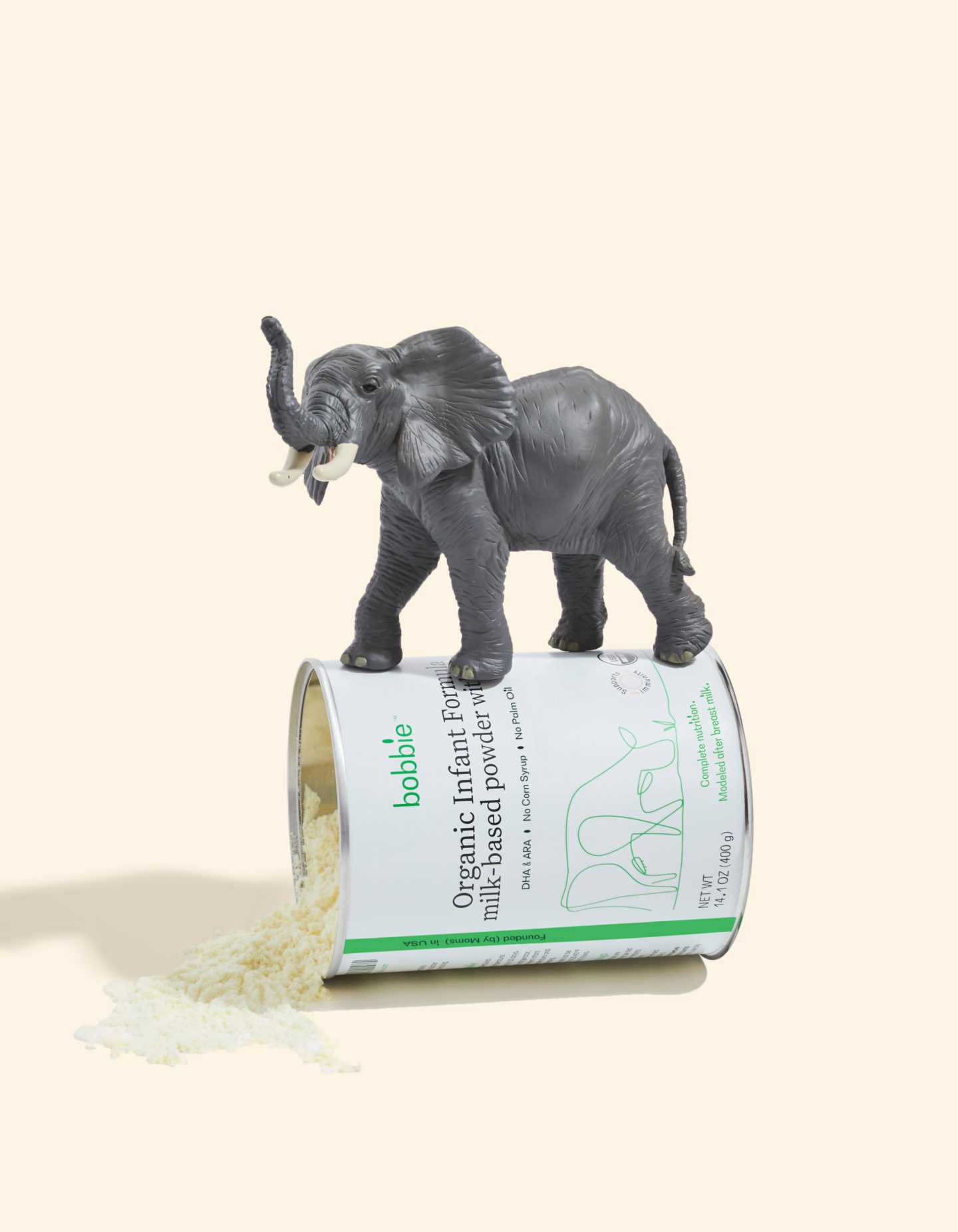Saying no often means having age and child appropriate limits. These types of limits provide children with a sense of safety, security and LOVE.
You’ve probably had a moment where you bent a rule or a limit because your child was just that adorable, that polite, that delicious. We all have. But, you’d probably also agree that the urge to make your child happy all of the time, with no demands on their behavior, doesn’t always end in rainbows.
Here’s why.
Though they aren’t as much fun as giving cuddles, giving your child limits is a critically important part of your role as a parent. We know, based on over 60 years of attachment research, that part of what kids need to thrive are safe and reliable relationships. They need to know that no matter how far they wander, or how much they stray, they can return to their primary attachment figure (we’re looking at YOU), for safety and comfort. That’s the “secure base” that research demonstrates is necessary for things like confidence, academic achievement, executive functioning skills, and autonomy. Limits are a part of that equation, creating the guardrails that help to define boundaries for your children, as well as expectations from the outside world.
Here’s what else they do.
1. Reasonable limits help children understand what behavior is acceptable.
Remember that your child was not born knowing how to behave, but is looking for you to teach them. Can you eat someone else’s birthday cake before they’ve had a piece? Throw your toys at the teacher? Go to bed whenever you want to? Limits help children to understand what behavior is OK, and what behavior is not.
2. Limits help your child to organize their behavior.
When we know what is expected of us, we can regulate our attention and behavior to meet that challenge. Having limits creates these necessary expectations for your child. Have you ever wondered why your child may be a delight all day at day-care or school, listening and following along, and then a holy terror when they get home? Well, one of the reasons (only one of many) is the self-regulation they are practicing to follow the expectations of their school environment. Having structure and routine – two different aspects of limits – can help children thrive in school settings.
3. Limits teach children about why we do what we do.
Why can’t we run in front of traffic? Why do we eat sitting up? Why should we pick up our garbage on the street? Through limits, you have the opportunity to teach your child why we behave a certain way or do certain activities. This grows their understanding of the world, and empowers them to connect their behavior with the impact it has on the world around them.
4. Limits communicate your values.
By emphasizing what we truly care about – being kind, taking care of others, trying again, etc. – we communicate to our children what matters to our family. My mom may let me be messy, but she wants me to tell the truth when I’ve made a mistake. Or, my grandmother insists that I always have dinner with her without my phone, but she doesn’t mind if I listen to music while I do homework. Do we have limits on other things, too? Sure, but our children come to understand the ones that mean the most to us.
5. Limits keep our children safe.
Many of our limits reflect the world we live in, and the reality our children face – good or bad. In some neighborhoods, this may mean more limits around autonomy outside the home, or for some families more limits around behavior. Limits promote our children’s safety everyday in places like public settings (holding hands), schools (fire drills) and vehicles (seatbelts).
6. Limits create consistency between caregivers.
When a family agrees on limits, children feel safe in their environment. They know that their behavior will be met with the same response every time, and can therefore focus their energy on learning and growing.
7. Limits can support a balanced parenting style.
Research shows that an authoritative parenting style, one with firm, consistent limits balanced with love, patience, and warmth, has been linked with the strongest positive outcomes for children. Permissive parenting, that is the absence of limits, has been linked to negative outcomes for children, including lower social skills, self-esteem and academic achievement.
8. Limits can foster connection.
Being on the same page about what limits exist, and what clear expectations for behavior are, means that you can work alongside your child to achieve success. In this model, you and your child work to create and meet a reasonable limit (for example, curfew), instead of focusing on only one part of the equation.
9. Limits reflect who your child is.
When done thoughtfully, limits can honor who your child is (for example, earning extra privileges through good behavior). Making your child feel seen, heard and understood, is essential to their long term well-being and development. Offering limits that feel appropriate and recognize success is an important ingredient in making this possible.
Want more support around limit setting and parenthood? We’ve got you. Discover evidence based guidance that meets you where you are at Cooper.
Parenthood is complicated – Cooper’s goal is to help un-complicate the parts of parenthood that should be simpler. We are your online parenting homebase, carefully matching you with a group of kindred parents, and using research-backed expertise to guide you through your parenting journey.
REFERENCES
Baumrind, D. (1971). Current patterns of parental authority. Developmental Psychology Monographs, Part, 2(4), 1–103.
Diamond, A. (2013). Executive Functions. Annual Review of Psychology, 64, 135–168.
LeCuyer, E.A., & Swanson, D.P. (2017). A within-group analysis of African American mothers’ authoritarian attitudes, limit-setting and children’s self-regulation. Journal of Child and Family Studies, 26(3), 833–842.
Leijten, P., Gardner, F., Melendez-Torres, G.J., van Aar, J., Hutchings, J., Schulz, S., Knerr, W., Overbeek, G. (2019). What to teach parents to reduce disruptive child behavior: Two meta-analyses of parenting program components. Journal of the American Academy of Child & Adolescent Psychiatry.
Rinaldi, C. M., & Howe, N. (2012). Mothers’ and fathers’ parenting styles and associations with toddlers’ externalizing, internalizing, and adaptive behaviors. Early Childhood Research Quarterly, 27, 266–273.




